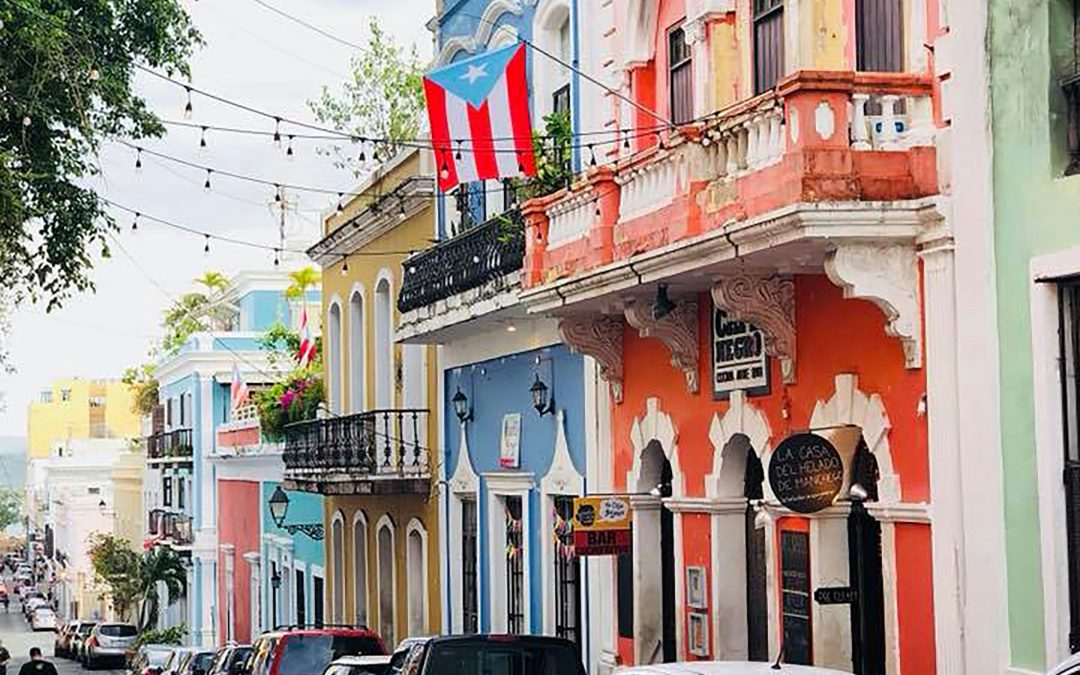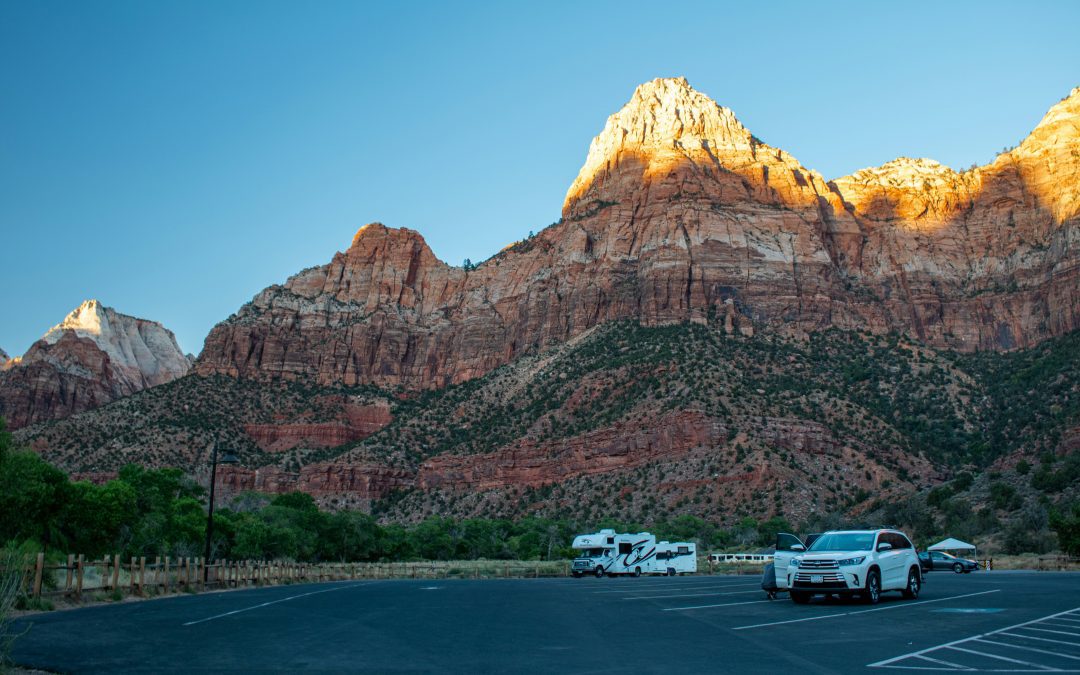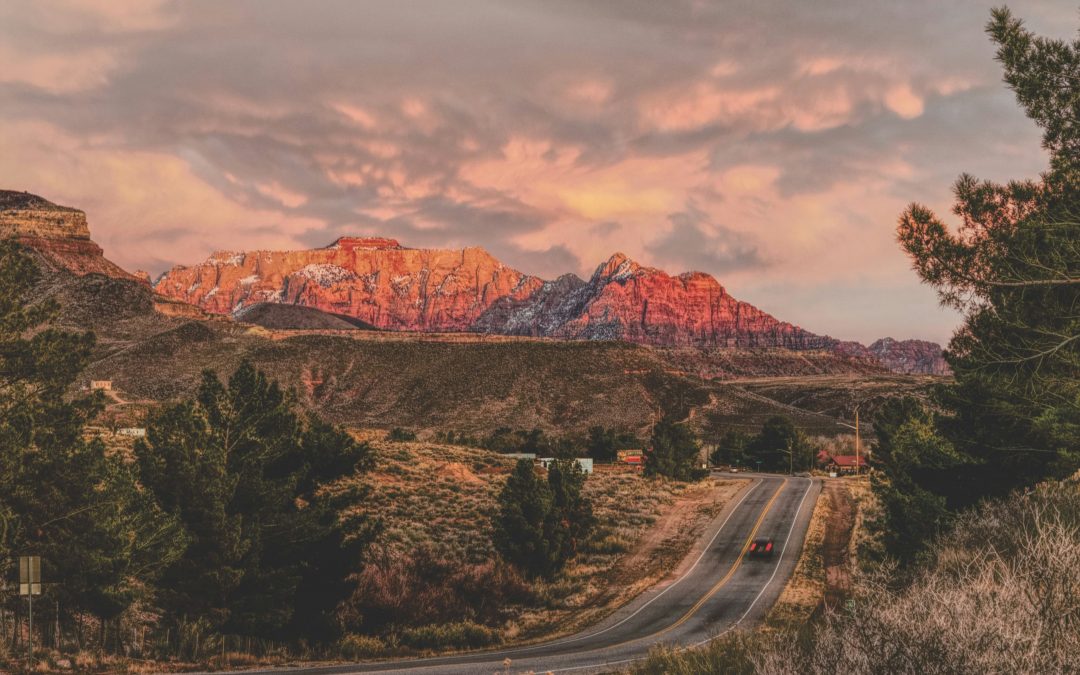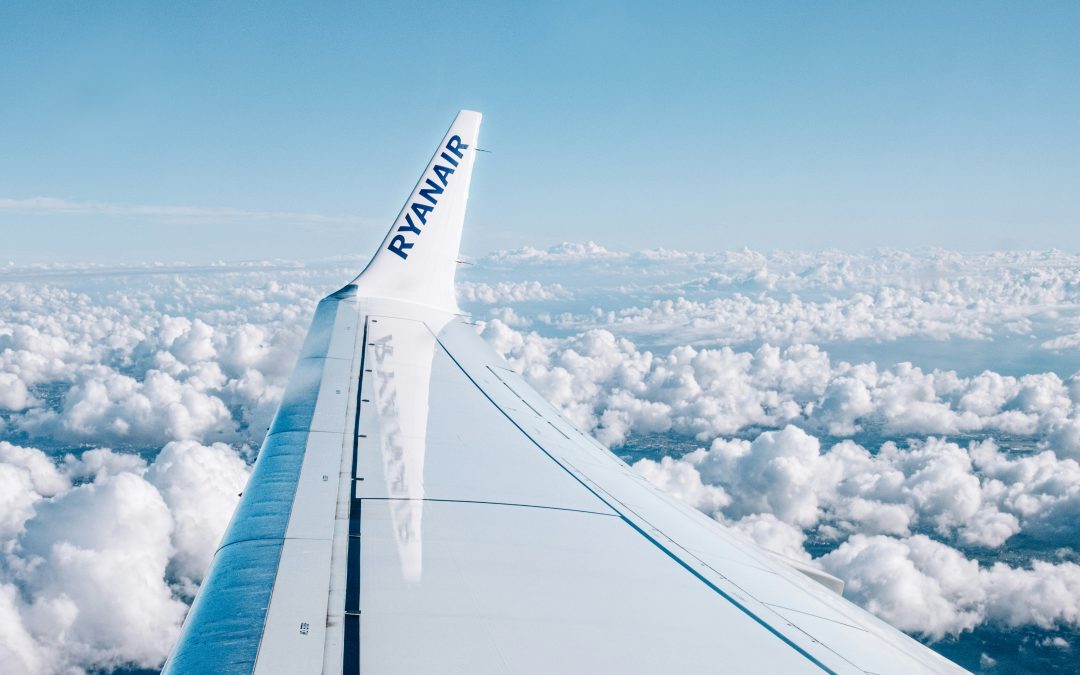Travel is often framed as escape—a break from routine, a journey into the unknown. But for many, travel is not about leaving—it’s about returning. Returning to roots, to stories, to places that shaped us. It’s about reconnection. The British-Kenyan swimmer and writer Rebecca Achieng Ajulu-Bushell shares a deeply personal reflection on Lake Victoria, the largest tropical lake in the world and a place that holds her family’s history, her identity, and her first love—swimming.
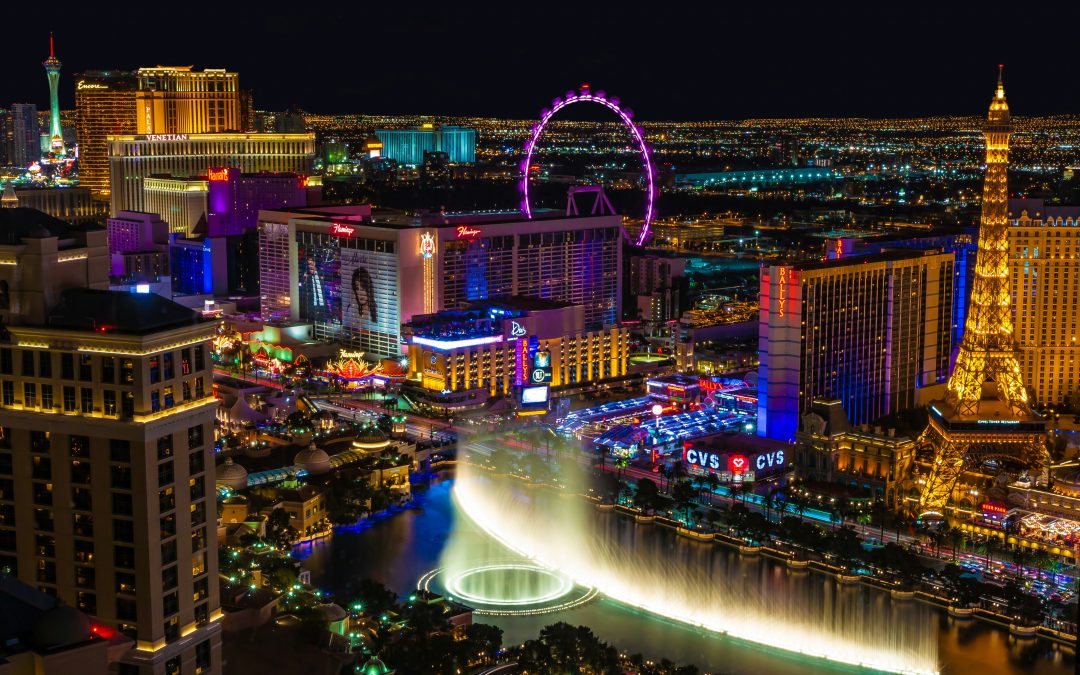
Unlock the Secret to Cheap Flights to Las Vegas

Unlock the Secret to Cheap Flights to Las Vegas – Insider Tips Revealed!
Introduction: The Allure of Las Vegas, The Need for Cheap Flights
Las Vegas is a feast for the senses—dazzling lights, world-class entertainment, iconic dining, and a never-ending parade of new attractions. You can craft a luxury weekend or a low-cost adventure, but your flight price sets the tone. A budget-friendly airfare means more room for shows, dining, and poolside fun.
In this guide, we’ll show you how to reliably uncover cheap flights to Las Vegas—from timing strategies and airline insights to savvy use of fare trackers and bundling deals. Whether you’re on the hunt for cheap non stop flights to Las Vegas, scouting last-minute flights to Las Vegas, or combining cheap flight and hotel packages to Las Vegas, this is your step-by-step plan.
Best Time to Book Cheap Flights to Las Vegas
Seasonal Trends in Airfare
Las Vegas is a year-round destination, but airfare fluctuates based on conventions, holidays, and demand spikes:
-
Peak Demand:
- Major holidays (New Year’s Eve, Memorial Day, Labor Day), March Madness, and big fight weekends often push fares up.
- Spring (March–April) and fall (September–October) are high-demand windows thanks to ideal weather and event calendars.
-
Shoulder & Value Periods:
- Mid-January to early March (post-holiday lull) can yield great savings.
- Summer (especially late July–August) can be cheaper due to the heat; savvy travelers tolerate higher temps for lower prices.
- Early November to mid-December (excluding Thanksgiving) can also be value-friendly.
How Far in Advance to Book for the Best Deals
For most U.S. domestic routes into LAS:
- Standard trips: Aim for 21–60 days in advance.
- Peak weekends/holidays: Book 2–4 months in advance to avoid last-minute spikes.
- Midweek itineraries: Can be booked closer to departure than weekends, but still monitor for drops.
Pro Tip: Start tracking fares 8–12 weeks out. When you see a drop that’s 15–30% below your baseline, book—especially for weekend travel.
Cheapest Days and Times to Fly
- Fly Tuesday, Wednesday, or Saturday for consistently better pricing on many routes.
- Early morning or late-night (“red-eye”) flights often price lower.
- Avoid Sunday returns if possible—Sunday evening flights are especially pricey.
Top Airlines Offering Cheap Flights to Las Vegas
Las Vegas (LAS, Harry Reid International) is a major hub for both legacy and low-cost carriers, giving you plenty of options.
Legacy vs. Low-Cost Carriers
-
Legacy/Full-Service: United, American, Delta, Alaska
- Pros: More routes, partner miles, elite benefits, same-day change options.
- Cons: Basic Economy fare restrictions, potential change fees, upsells.
-
Low-Cost/Ultra Low-Cost (ULCC): Southwest, Spirit, Frontier, Allegiant
- Pros: Strong base fares, frequent promos, point-to-point schedules.
- Cons: Add-on fees (bags, seats, priority boarding).
- Southwest is unique: two free checked bags, no change fees, open seating—often superb value for Vegas trips.
- Allegiant emphasizes leisure routes and bundles (hotel/car) from select small/medium cities to LAS.
Comparisons of Fare Structures (What to Watch)
- Basic Economy vs. Main Cabin: Basic can be cheaper, but beware of restrictions on seat selection, upgrades, and changes.
- Add-On Fees: ULCC fares can balloon with seat assignments, carry-on/checked bags, and priority boarding.
- Baggage Rules:
- Southwest: 2 checked bags free.
- Most others: 1 personal item free; carry-on and checked bags often cost extra on basic/ULCC fares.
- Change & Cancellation: Southwest allows free changes (fare differences apply). Others vary—always check the fare rules.
Pro Tip: Calculate your all-in price (fare + bags + seat + other fees). A slightly higher base fare on a full-service carrier might beat a stripped-down ULCC fare once you add baggage and seat costs.
How to Find Cheap Flights from Major Cities
Below are targeted tactics for popular origin cities. Use them as templates for your departure city—even if it’s not listed.
Cheap Flights from Dallas to Las Vegas
- Airlines to watch: Southwest (DAL & DFW via DAL/Love or DFW routes), American (DFW), Spirit & Frontier (DFW), and sometimes Alaska/United via connections.
- Tactics:
- Compare DAL vs. DFW. Southwest’s DAL flights can surprise you with value, especially with two free checked bags.
- Fly midweek and watch for flash sales (Southwest and ULCCs).
- If traveling with luggage, factor bag fees—Southwest often wins.
Keyword targets: cheap flights from dallas to las vegas, cheap flights to las vegas from dallas texas, cheap flights to las vegas from dallas tx.
Cheap Flights from Chicago to Las Vegas
- Airlines to watch: Southwest (MDW), United (ORD), American (ORD), Spirit & Frontier (ORD/MDW).
- Tactics:
- Compare MDW vs. ORD—Midway often has strong Southwest frequencies.
- Winter tends to bring competitive pricing; avoid Sunday returns.
- Red-eyes or first flights out can be the cheapest.
Keyword targets: cheap flights from chicago to las vegas, cheap flight tickets from chicago to las vegas, cheap flights from chicago il to las vegas nv.
Cheap Flights from Denver to Las Vegas
- Airlines to watch: Southwest, Frontier, United.
- Tactics:
- High competition on DEN–LAS keeps fares reasonable; monitor 3–8 weeks out.
- Compare nonstop vs. short connections—nonstop is usually best value/time combo.
- Midday departures can sometimes dip in price vs. prime morning/evening slots.
Keyword target: cheap flights from denver to las vegas.
Cheap Flights from Houston to Las Vegas
- Airlines to watch: Southwest (HOU), United (IAH), Spirit (IAH), Frontier.
- Tactics:
- Compare HOU vs. IAH; Southwest (HOU) often shines for leisure trips.
- If traveling weekends, search Thursday–Tuesday spans to dodge pricey Sunday returns.
- Watch for limited-time promos—Spirit & Frontier frequently discount.
Keyword target: cheap flights from houston to las vegas.
Cheap Flights from LAX (Los Angeles) to Las Vegas
- Airlines to watch: Southwest, Spirit, Delta, United, American, JetBlue, Alaska.
- Tactics:
- Extremely competitive market with many cheap non stop flights to las vegas.
- Avoid peak Friday night and Sunday evening.
- Check Burbank (BUR), Long Beach (LGB), and Ontario (ONT) for alternative airport deals.
Keyword target: cheap flights from lax to las vegas.
Cheap Flights from Seattle to Las Vegas
- Airlines to watch: Alaska, Delta, Southwest, Spirit.
- Tactics:
- Alaska and Delta run frequent nonstops; compare loyalty value if you collect miles.
- Travel midweek for the biggest price breaks.
- Watch shoulder seasons (late winter, early spring) for dips.
Keyword target: cheap flights from seattle to las vegas.
Cheap Flights from Atlanta to Las Vegas
- Airlines to watch: Delta, Southwest, Spirit, Frontier.
- Tactics:
- Heavy Delta presence; compare with Southwest and ULCCs for weekend getaways.
- Try Tuesday/Wednesday departures and returns for best odds of a deal.
- Consider red-eyes or very early departures.
Keyword target: cheap flights from atlanta to las vegas.
Flight Comparison Websites and Their Benefits
Using the right tools is half the win. Here’s how to leverage popular flight search engines and airline sites:
- Google Flights:
- Best for calendar views and quick price tracking alerts.
- Explore map to compare fares from nearby airports.
- Skyscanner:
- Strong at surfacing budget carriers and OTA (online travel agency) prices.
- Flexible date search and “Cheapest Month” views.
- KAYAK & Cheapflights:
- Good for fare alerts, flexible date grids, and mix-and-match carriers.
- Useful “Hacker Fares” (two one-ways) can be cost-effective.
- Airline Direct (Southwest, Allegiant):
- Southwest fares often don’t appear on Google Flights/Kayak—check directly.
- Allegiant specializes in leisure routes and often pushes bundle deals (hotel/car).
Pro Tip: Always cross-check your final option on the airline’s official site. Sometimes, airline-direct offers extra flexibility (e.g., free changes with Southwest) or targeted promo codes.
Last-Minute Deals on Flights to Las Vegas
Pros & Cons of Booking Last-Minute
-
Pros:
- Vegas’s high flight frequency can sometimes leave unsold seats—deals may pop 2–7 days before departure.
- ULCCs and Southwest occasionally release last-minute sales to fill planes.
-
Cons:
- Risk of skyrocketing prices, especially for weekend or event-heavy dates.
- Limited departure time options; poor seat selection.
- Higher hotel rates at short notice (unless bundled smartly).
Tips for Snagging Last-Minute Flight Deals
- Use alerts: Set Google Flights and Skyscanner alerts for your route; check 2–3 times/day in the final week.
- Be flexible: Search nearby airports and alternate times (very early/very late).
- One-way flexibility: Price separate one-ways—combine carriers if it’s cheaper.
- Leverage points: Redeem miles for last-minute award seats when cash prices spike.
- Check Southwest & ULCCs directly: Flash sales may not surface on aggregators.
- Package check: Compare flight-only vs. flight + hotel; packages can beat standalone last-minute fares.
- Travel light: Avoid bag fees and improve options by going carry-on only (if your fare permits).
Keyword targets: last minute flights to las vegas, last minute deals las vegas flights, las vegas flight promotions.
Combining Flights with Travel Packages
For Vegas, bundling flights + hotel can yield unusually strong value—especially at short notice or on busy weekends.
Cheap Flight and Hotel Packages to Las Vegas
- Why packages work: Hotels and airlines negotiate rates that aren’t always available as standalone purchases. The total cost (flight + hotel) can undercut booking separately—especially if hotel demand is soft.
- What to watch:
- Resort fees: Many Vegas hotels charge resort fees not included in headline prices. Add them to your total to compare apples to apples.
- Cancellation policies: Packages sometimes have stricter change/refund rules than booking direct.
- Room type upsells: Promo packages may default to base rooms—upgrade costs vary.
Keyword targets: cheap flight and hotel packages to las vegas, cheap flight and hotel to las vegas, las vegas travel packages.
The Best Las Vegas Travel Packages Available (How to Evaluate)
- Check multiple providers: Compare airline vacation portals (e.g., Southwest Vacations) with major OTAs.
- Sort by total trip cost: Include taxes, fees, and resort fees to get the real total.
- Look for value add-ons: Free breakfast, resort credits, waived parking, or flexible cancellation can make a slightly higher sticker price a better deal overall.
- Date-shift test: Move arrival/departure by ±1–2 days—package prices can swing dramatically.
Expert-Level Tactics Most Travelers Miss
Maximize your odds of scoring the cheapest flights to Las Vegas NV with these smart plays:
-
Price Anchoring & Alerts:
- Establish a “normal” fare range for your route using 30–60 days of tracking. Book when you observe a meaningful drop (e.g., 20–30% lower).
-
48-Hour Recheck:
- After booking, recheck fares for 24–48 hours. Many airlines allow free 24-hour cancellation on U.S. bookings—if you see a drop, cancel and rebook (verify rules first).
-
Split Ticketing:
- Try mixing two one-way fares or different carriers—particularly useful on routes with lopsided demand (e.g., Friday outbound, Monday return).
-
Alternative Airports:
- In addition to LAX, try BUR/LGB/ONT in SoCal; for Bay Area, compare SFO/OAK/SJC; in Dallas, compare DAL/DFW; in Chicago, compare MDW/ORD.
-
Fare Classes & Perks:
- If you check bags, Southwest’s two free bags can beat a “cheaper” base fare elsewhere once you add bag fees. If you don’t check bags, a Basic Economy fare on a legacy carrier might be perfectly fine.
-
Credit Card Play:
- Some airline and travel cards offer free checked bags, priority boarding, travel credits, or 5–10x points on travel purchases.
- Use a card with trip delay/cancellation insurance for extra peace of mind on budget fares.
-
Red-Eye Roulette:
- Red-eye or ultra-early departures are often cheaper and less likely to suffer cascading delays.
-
Avoid the Sunday Squeeze:
- The classic Vegas pattern: fly in Friday, fly out Sunday. Flip the script (fly Saturday–Tuesday or Monday–Thursday) for cheaper fares and quieter crowds.
-
Hidden-City Caution (Ethical & Risky):
- “Hidden-city” ticketing (skipping the last leg) can sometimes surface a lower price, but it violates airline terms, risks canceling your return ticket, and isn’t advisable if you check bags. Use with caution or avoid entirely.
-
Watch Event Calendars:
- Big conventions, major concerts, and sports weekends are fare multipliers. If your dates are flexible, steer clear—or book early.
Keyword Integration Cheat Sheet (SEO-Friendly Phrases)
Naturally weave in these phrases as you plan and publish (you’ll see them used throughout this guide):
- Primary: cheap flights to las vegas
- Variations: cheap flights las vegas, cheap flight to las vegas, flight to las vegas cheap, low cost flights to las vegas, cheap flights to las vegas nevada, cheap flights to las vegas nv
- City Pairs: cheap flights from dallas to las vegas, cheap flights from chicago to las vegas, cheap flights from denver to las vegas, cheap flights from houston to las vegas, cheap flights from lax to las vegas, cheap flights from seattle to las vegas, cheap flights from atlanta to las vegas
- Packages & Promos: cheap flight and hotel packages to las vegas, cheap flight and hotel to las vegas, las vegas travel packages, last minute flights to las vegas, deals on las vegas flights, las vegas flight promotions
(Note: “cheap flights to vwgas” appears to be a common misspelling; you can capture it in long-form content once, but don’t overuse misspellings.)
Frequently Asked Questions
Q1: What is the cheapest month to fly to Las Vegas?
A: Historically, late winter (mid-January–early March) and late summer (late July–August) often yield lower fares due to demand and weather patterns. Early November to mid-December (excluding Thanksgiving) can also be value-friendly.
Q2: How far ahead should I book to get a deal?
A: For domestic U.S. routes to LAS, 3–8 weeks is a solid window. For peak weekends and holidays, grab fares 2–4 months out.
Q3: Are nonstop flights to Las Vegas cheaper?
A: Not always—but they often are on competitive routes (e.g., LAX–LAS, DEN–LAS, DAL/DFW–LAS). Always compare nonstop vs. one-stop and evaluate total travel time.
Q4: Which airline has the cheapest flights to Las Vegas?
A: It varies by origin and date. Southwest can be a strong value (two free checked bags), while Spirit/Frontier/Allegiant often post the lowest base fares. Legacy carriers run competitive sales—compare total cost including bags and seats.
Q5: How do I find last-minute flights to Las Vegas that are actually cheap?
A: Use fare alerts, watch off-peak times (late-night/early morning), compare one-ways across carriers, check Southwest and ULCCs directly, and consider flight + hotel bundles.
Q6: Do travel packages really save money for Vegas?
A: Frequently—especially at short notice or when hotel demand is soft. Just factor in resort fees, taxes, and cancellation rules before booking.
Q7: Is Tuesday the best day to book?
A: The “Tuesday rule” isn’t universal anymore, but midweek is often a good time to fly and a fine time to monitor for price drops. Rely on alerts and fare history instead of a single weekly rule.
On-Page SEO Blueprint (Optional but Recommended)
- Title Tag (≤60 chars): Cheap Flights to Las Vegas: Insider Tips & Deals
- Meta Description (≤160 chars): Discover insider tips to score cheap flights to Las Vegas and save big on your next trip.
- URL Slug:
/cheap-flights-to-las-vegas - H1: Unlock the Secret to Cheap Flights to Las Vegas – Insider Tips Revealed!
- H2s/H3s: Use the structure in this guide for scannability.
- Internal Links:
- Link to “Best Time to Visit Las Vegas (Weather & Events)”
- Link to “Las Vegas on a Budget: Free & Cheap Things to Do”
- Link to “How to Pick the Right Vegas Hotel Without Resort Fee Shock”
- Image Alt Text Examples:
- “Night view of Las Vegas Strip hotels—find cheap flights to Las Vegas”
- “Traveler browsing flight comparison websites for cheap Vegas fares”
- FAQPage Schema (optional): Mark up the FAQ for rich results.
Quick-Start Checklist: Your Vegas Fare-Deal Workflow
- Set alerts (Google Flights, Skyscanner, KAYAK) for your dates + nearby dates.
- Check Southwest & Allegiant directly (fares not always on aggregators).
- Compare airports (e.g., ORD vs. MDW; DFW vs. DAL; LAX vs. BUR/LGB/ONT).
- Target midweek travel, early/late flights; avoid Sunday returns.
- Price one-ways, nonstops vs. 1-stop, and consider red-eyes.
- Calculate all-in cost (bags + seats + resort fees if bundling).
- Book when you see a 15–30% dip below your tracked baseline.
- Recheck within 24 hours (in case a lower fare appears and you can cancel/rebook).
- If last-minute, compare flight-only vs. flight+hotel—packages can win.
- Use the right card for travel protections and bonus points.
Conclusion: Summary of Tips for Finding Cheap Flights
Scoring cheap flights to Las Vegas isn’t about luck—it’s about smart moves:
- Time your purchase: 3–8 weeks out for domestic routes; longer for holidays.
- Travel smart: Midweek flights, red-eyes, and alternative airports.
- Compare the right way: Use Google Flights, Skyscanner, KAYAK—and always check airline sites directly (especially Southwest and Allegiant).
- Mind the fees: Bags, seats, and resort fees can erase “cheap” fares.
- Bundle when it helps: Cheap flight and hotel packages to Las Vegas can deliver the biggest total savings, especially at the last minute.
- Stay flexible & alert-driven: Let data guide your purchase, not myths.
With these strategies, you can unlock low cost flights to Las Vegas, keep your budget on track, and put more of your funds where they belong—on unforgettable Vegas experiences.

Written by
More From This Category
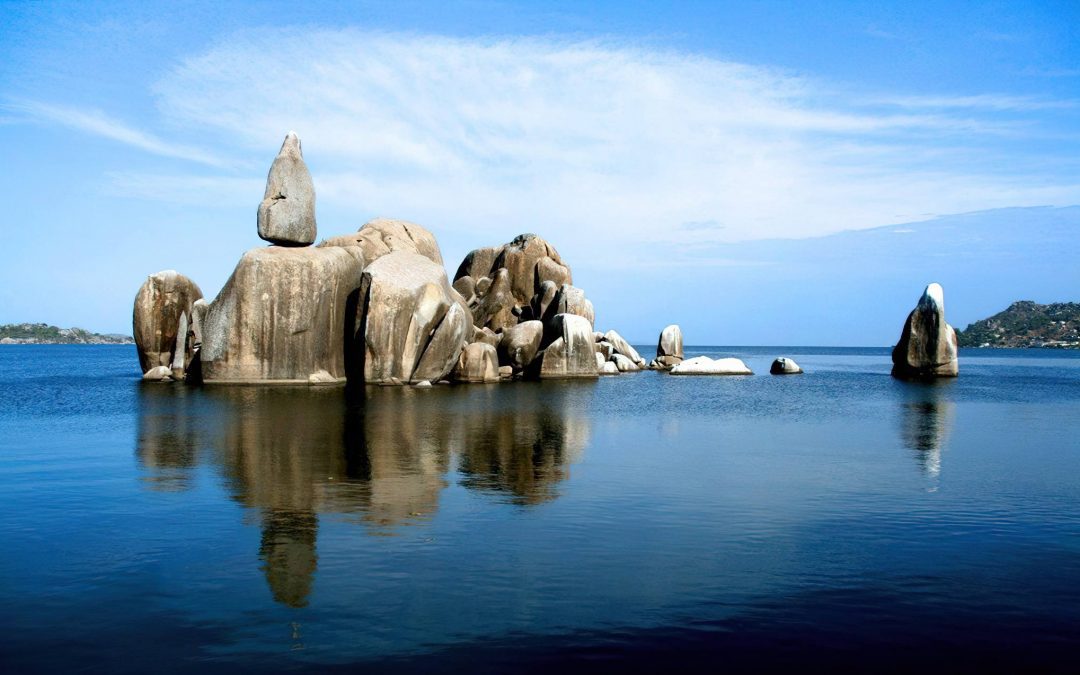
Lake Victoria

Lake Victoria
Travel is often framed as escape—a break from routine, a journey into the unknown. But for many, travel is not about leaving—it’s about returning. Returning to roots, to stories, to places that shaped us. It’s about reconnection. The British-Kenyan swimmer and writer Rebecca Achieng Ajulu-Bushell shares a deeply personal reflection on Lake Victoria, the largest tropical lake in the world and a place that holds her family’s history, her identity, and her first love—swimming.

Lake Victoria
Travel is often framed as escape—a break from routine, a journey into the unknown. But for many, travel is not about leaving—it’s about returning. Returning to roots, to stories, to places that shaped us. It’s about reconnection. The British-Kenyan swimmer and writer Rebecca Achieng Ajulu-Bushell shares a deeply personal reflection on Lake Victoria, the largest tropical lake in the world and a place that holds her family’s history, her identity, and her first love—swimming.


